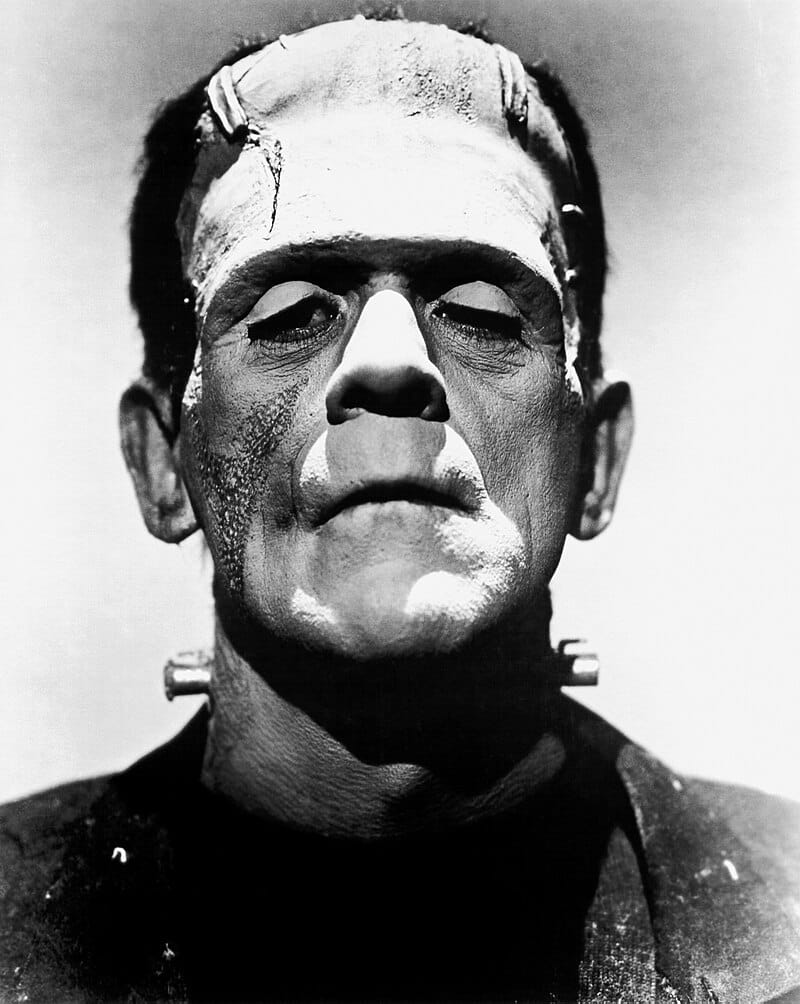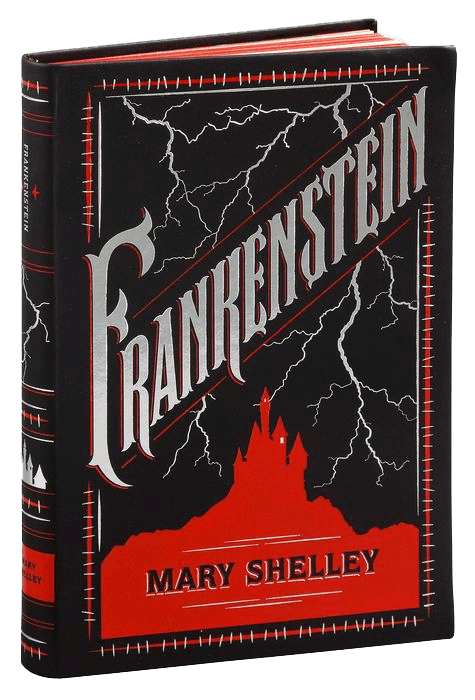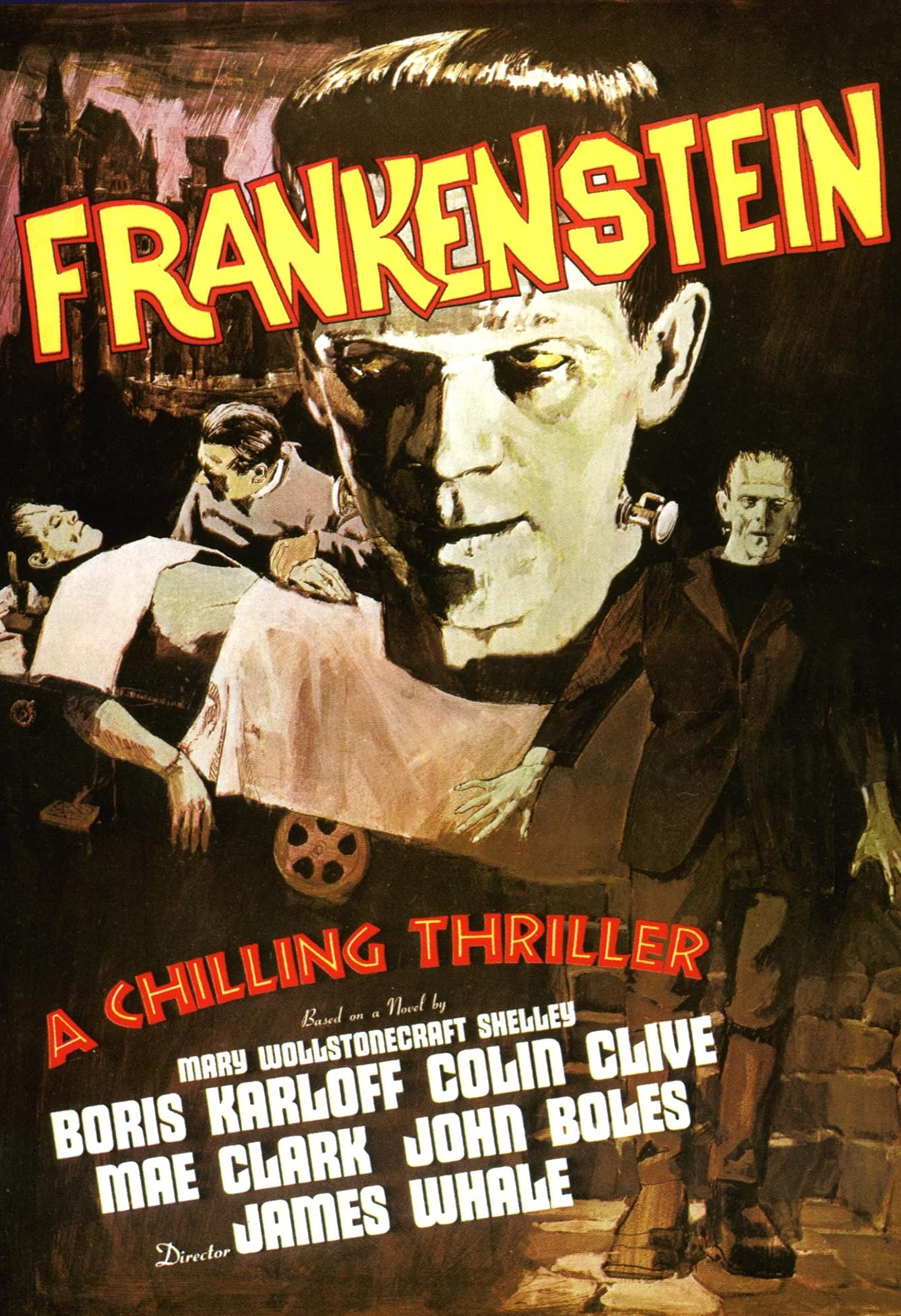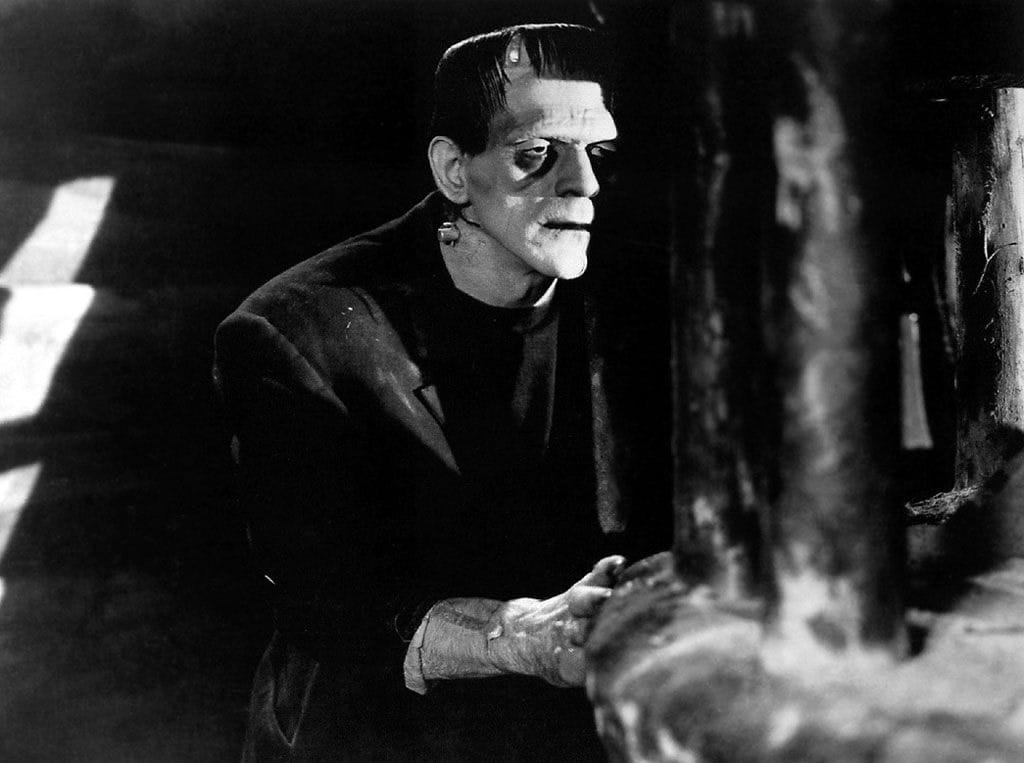The Birth of a Modern Myth
Mary Shelley’s “Frankenstein”, first published in 1818, is a cornerstone of Gothic literature and a pioneering work in the science fiction genre.

“Frankenstein” tells the story of Victor Frankenstein, a young scientist driven by an insatiable thirst for knowledge. He becomes obsessed with the idea of creating life, delving into the darkest recesses of natural philosophy and alchemy. Victor assembles a creature from body parts exhumed from graves and brings it to life using a mysterious spark. However, horrified by the grotesque being he has created, Victor abandons his creation, setting off a tragic chain of events. This creature, often mistakenly called Frankenstein, is shunned by society due to its hideous appearance. Despite its initial benevolent nature and desire for companionship, the creature experiences only rejection and cruelty. As a result, it turns vengeful, leading to a series of confrontations between creator and creation.
Plot
“Frankenstein” was initially published anonymously, with many assuming that Percy Bysshe Shelley had authored it. When Mary Shelley’s authorship was revealed, the novel’s reception was mixed, with some critics praising its originality and others condemning its grotesque subject matter. Over time, however, “Frankenstein” has been recognized as a seminal work in both Gothic literature and early science fiction. The novel’s structure, featuring a narrative within a narrative, was innovative for its time as it is framed by the letters of Captain Robert Walton, who encounters Victor Frankenstein in the Arctic and learns his tragic tale
This layered storytelling adds depth and complexity to the narrative, allowing readers to view the events from multiple perspectives.
The creature’s journey reflects themes of isolation and societal rejection. Despite its initial innocence and desire for human connection, the creature is consistently met with fear and violence. This rejection transforms it from a benevolent being into a vengeful monster, illustrating the novel’s exploration of nature versus nurture. The creature’s plight evokes sympathy, challenging readers to consider the impact of societal ostracism and the ethical treatment of beings deemed “other.” Shelley also delves into the theme of creation and the responsibilities of parenthood. Victor’s abandonment of his creation parallels the consequences of neglectful parenting, leading to tragic outcomes for both creator and creation. The novel raises questions about the ethical implications of creation, whether it be scientific or parental.

The novel explores themes of ambition, hubris, isolation, and the consequences of playing God, culminating in a dramatic and tragic climax in the Arctic wastes. It is rich with themes that resonate with readers even today. At its core, the novel is a cautionary tale about the dangers of unchecked ambition and the ethical limits of scientific exploration. Victor Frankenstein’s obsessive pursuit of knowledge leads to his downfall, highlighting the perils of overreaching and the responsibilities that come with creating life.

Related Films
“Frankenstein” has inspired countless adaptations in various media, cementing its place in popular culture. The 1931 film adaptation, directed by James Whale and starring Boris Karloff as the creature, is one of the most iconic, shaping the popular image of Frankenstein’s monster with its flat-headed, bolt-necked portrayal.

Each adaptation brings its own interpretation to the story, reflecting contemporary concerns and artistic trends. The 1994 film “Mary Shelley’s Frankenstein”, directed by and starring Kenneth Branagh, aimed to stay truer to the novel’s themes and characters.
Modern adaptations like “Penny Dreadful” and the novel “Frankenstein in Baghdad” by Ahmed Saadawi have explored the story’s themes in new and innovative ways, showcasing the story’s enduring relevance. The novel has also influenced discussions around bioethics, cloning, and artificial intelligence. Victor Frankenstein’s experiment and its catastrophic consequences serve as a powerful allegory for contemporary debates about the moral implications of scientific advancements and the responsibilities of creators towards their creations.
“Frankenstein” is more than just a Gothic horror novel; it is a profound exploration of human ambition, isolation, and the ethical responsibilities of creation. Mary Shelley’s masterful storytelling and philosophical depth have ensured that the novel remains relevant and thought-provoking centuries after its initial publication. The story of Victor Frankenstein and his tragic creation continues to captivate and inspire, challenging readers to ponder the consequences of playing God and the nature of humanity itself. Shelley’s novel has transcended its time, becoming a modern myth that speaks to the complexities of scientific exploration and the human condition.

Whether viewed through the lens of literature, film, or contemporary ethical debates, “Frankenstein” endures as a testament to the power of storytelling and the enduring questions it raises about the limits of human endeavor and the responsibilities that come with creation.

